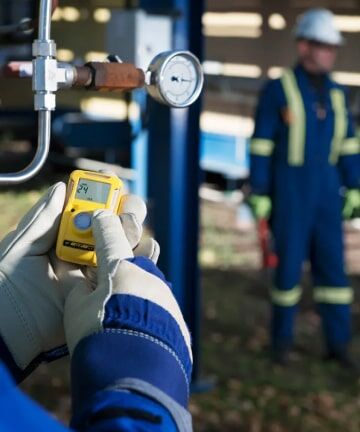Emergency Planning for Propane Incidents

Propane leaks and fires pose significant risks, making it crucial for businesses and homeowners to have a robust emergency plan in place. This guide outlines key steps for developing an effective response plan to ensure safety for all involved and to minimize damage.
1. Risk Assessment
Begin with a thorough assessment of your facility to identify potential risks and vulnerabilities related to propane storage and usage. Understanding these risks will help tailor your emergency plan to specific needs and scenarios.
2. Clear Evacuation Routes
Design and clearly mark evacuation routes. Ensure that all employees and household members are familiar with these routes and understand where to go in the event of a propane emergency.
3. Emergency Contact Information
Maintain a list of emergency contact numbers, including local fire departments, emergency services, and a propane supplier’s emergency line. Make sure these contacts are easily accessible to all relevant parties.
4. Regular Training and Drills
Conduct regular training sessions and drills for all employees and family members to ensure everyone knows what to do in the event of a propane leak or fire. Training should include how to recognize the smell of propane, shut off propane valves, and use fire extinguishers.
5. Maintenance Checks
Implement a routine maintenance schedule for all propane-related equipment. Regular checks can prevent leaks and equipment malfunctions that could lead to fires.
6. Proper Signage
Install signs that clearly indicate the presence of propane, the location of propane tanks, and emergency shut offs. This information is vital for emergency responders and anyone unfamiliar with the site.
7. Communication Plan
Develop a communication plan that outlines how to inform all affected individuals about the incident and ongoing updates. This may include alarms, intercom announcements, or automated messages.
8. Coordination with Local Authorities
Work closely with local emergency services to ensure they are aware of your propane usage and storage details. Their familiarity with your site can be critical in managing an emergency more effectively.
9. Review and Update
Regularly review and update your emergency plan to reflect any changes in your propane usage, facility, or personnel. Continuous improvement will enhance the effectiveness of your response strategy.
Essential Steps
Developing a robust emergency plan for propane leaks and fires involves a comprehensive approach that includes risk assessment, clear evacuation routes, regular training, consistent maintenance, proper signage, a solid communication strategy, and coordination with local authorities. These steps are essential in safeguarding lives and property against propane-related incidents.













